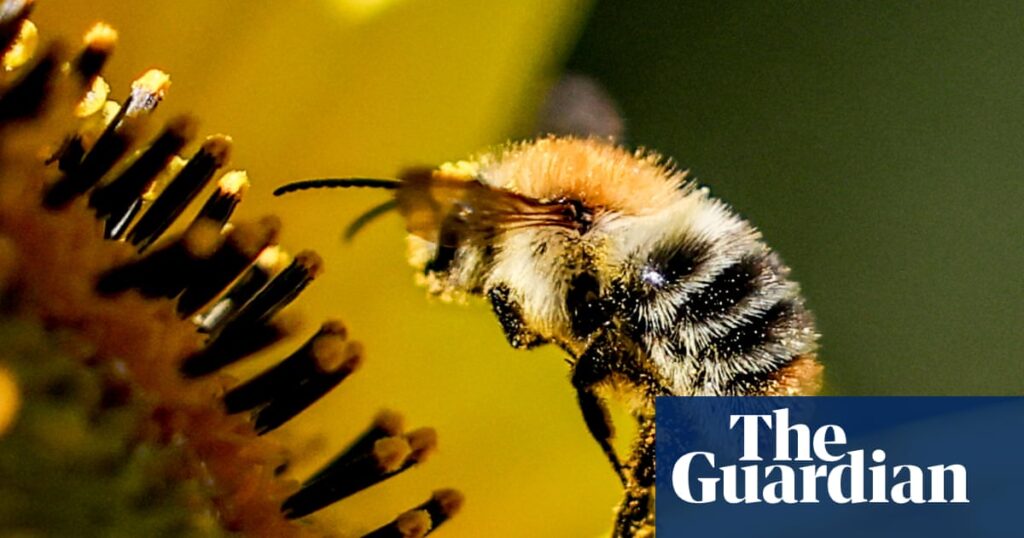Wild bees strategically visit different flowers to balance their intake of protein, fat and carbohydrates, a study has found.
A team of ecologists observed eight species of wild bumblebees in the Colorado Rockies over eight years to develop a comprehensive nutritional map.
Focusing on pollen consumption, the team led by Northwestern University and the Chicago Botanic Garden tracked which flowers each bee species visited for pollen. They collected pollen samples from these plant species to understand their nutrient content.
At the lab, the team measured each pollen sample’s macronutrient content and calculated its concentration of protein, fat and carbohydrates.
Clear patterns emerged when the researchers compared each bee species’ diet with their physical traits. The nutrient content of the pollen changed through the seasons, the study also found. This shift in protein would then influence the bees’ nutritional preferences across the seasons.
Researchers were surprised by the protein differences among the studied flowers. Some flowers consist of only 17% protein while others contained as much as 86%.
The pollen’s nutrient content also changed throughout the season. For example, the study shared that spring flowers have more protein-rich pollen, while late-summer flowers are richer in fat and carbs.
Justin Bain, the lead author on the study, which is published in the Proceedings of the Royal Society B: Biological Sciences, said: “all pollen contains protein, fats and carbs but each has a different mixture of micronutrients. Some are very high in protein like a steak. Others are more like a salad.”
The team also found that coexisting bee species occupied two distinct nutrient niches. Larger-bodied bees with longer tongues preferred pollen high in protein but lower in sugars and fats, while bees with shorter tongues looked out for pollen richer in carbohydrates and fats.
Individual bees will adjust their diets as their colonies develop and grow, which means their nutritional needs change through the seasons.
Paul CaraDonna, senior author on the study, said: “We now have a better idea of what bees are bringing home in their grocery bags. Although this work is from one ecosystem in the Rocky Mountains, it paints a very important picture for scientists to build upon.”
He said the study showed the “huge amount” of variation in macronutrients in natural ecosystems and how bees’ nutrient needs are not “one-size-fits-all”. CaraDonna believes the findings from the research can provide “some of the best information” on the availability of nutritional resources found in wildflowers and how pollinators use these resources.
“We can incorporate this work into our thinking about garden design, so we can select the right flowers that best support the nutritional needs of wild pollinators.”
Global pollinator populations continue to face threats of habitat loss, the climate crisis and poor nutrition. The authors said the study highlighted the need for conservation efforts to focus on nutritional diversity. This would ensure that the mixes of plants that support the dietary needs of wild bumblebee species continue to exist.
Michael Walsh, the founder of The Urban Apiarist, who was not involved in the study said the “fascinating” research proves that bees do not forage randomly. Walsh believes the study further evidences the “remarkable” way bees solve problems as a colony. “Bees show a kind of collective intelligence. Studies like this show how specialised and vulnerable bees are. We need to protect both bees and their ecosystems – our food systems depend on them.”


